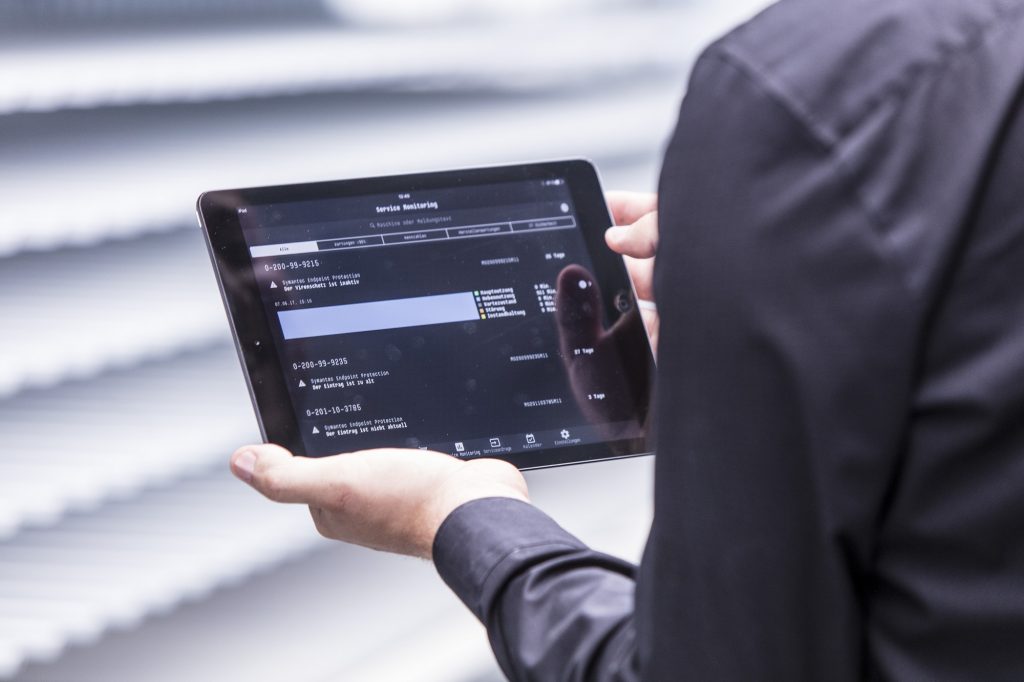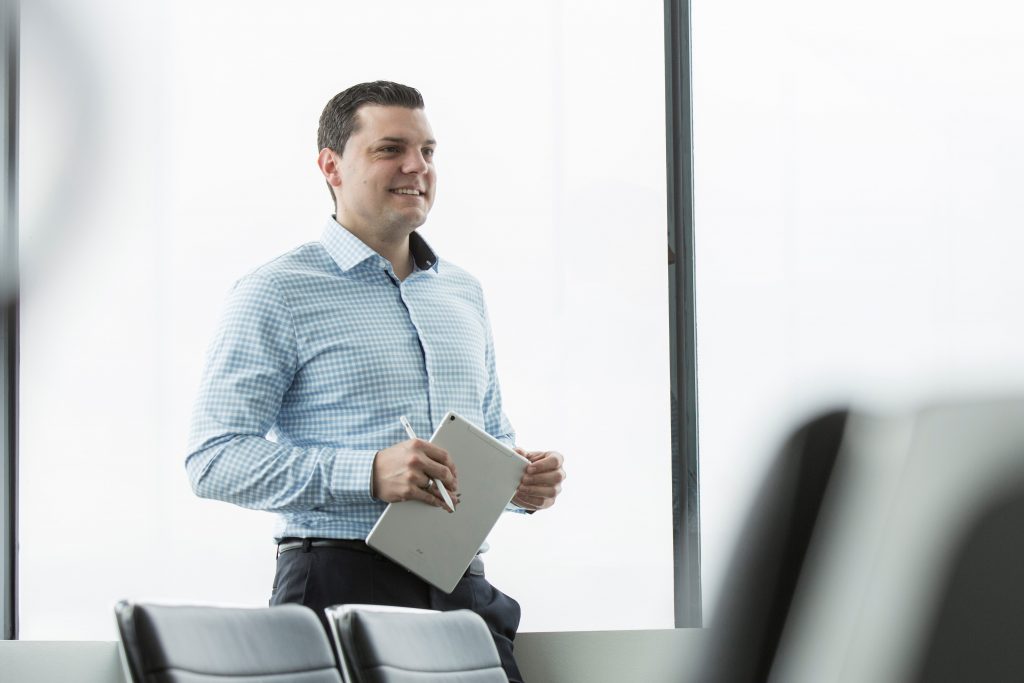Branching out: How tapio is cultivating the rise of digital wood
Beer went digital. So did baseball, birdhouses, buses – plus scores more products and services.
Now, wood.
A German company, tapio, is on a mission to enable the digital future of the entire wood industry. It is teaming with nearly 30 business partners – manufacturers of machines, tools and materials – to build a collaboration-rich ecosystem.
Using the functionality of Microsoft Azure, tapio connects thousands of wood-industry machines to its technology platform, providing integrated solutions and a ready-made infrastructure while allowing companies of all sizes to improve their daily work and bolster their quality.
Transform recently chatted with tapio co-founder Julian Spöcker to learn why hundreds of companies are choosing to plant their roots in the emerging world of digital wood.
TRANSFORM: Let’s start with the name. It has a touch of tree lore. Can you tell us more about that?
JULIAN SPÖCKER: That’s right, tapio is also the name of a forest spirit in Finnish and Norse mythology. But our name is actually rooted in technology – it stands for “tap, input, output.” This reflects our mission and team very well, a combination of wood industry expertise and digital natives.
TRANSFORM: What are the biggest benefits for wood-industry companies to join the tapio ecosystem?
JULIAN SPÖCKER: The value chain of the wood industry is quite big. From the tree to the kitchen cabinet, it’s a long process.
We provide an industry-specific technology and business-logic foundation to support that process. Our partners and customers don’t need to use their own resources to create a technology platform. We have already done that for companies across the wood industry based on building blocks of Microsoft technology.
TRANSFORM: How does this work?
SPÖCKER: A customer’s machines are already often networked and communicating with each other, particularly if they are made by the same manufacturer. With tapio, the customer can access solutions provided by several tapio partners to get a seamless digital experience.
Our company helps partners to realize their digital solutions by removing the development and operation of common functionalities. By doing this, our partners can focus on their expertise instead of developing into a technology provider.
Due to the common backbone, they can cooperate and create synergies on tapio. So, we make it easy for them to go digital and provide foundational enablers like keeping their data secure through technologies such as Azure.
Just imagine what would be possible if the machines, tools and materials all get to know each other?

TRANSFORM: What types of partners have joined the tapio ecosystem and why?
SPÖCKER: We’re talking about the machine manufacturers, tool manufacturers – the kinds of tools placed on machines that, for example, mill the material. You also have producers that deliver the materials like edges of furniture, glue or coatings. It’s a huge variety of nearly 30 partners across the industry, who share the belief that collaboration is essential for the digital future because customers need a seamless experience.
On a shop floor, customers use all these products from different manufacturers to produce, for example, a perfect kitchen cabinet. With the tapio ecosystem, partners and customers can share and optimize information and generate the best solutions, for example, the right machine adjustments, glue temperature or edge type.
TRANSFORM: What does this look like on the shop floor for your customers? What are some of the day-to-day advantages that tapio provides?
SPÖCKER: The customer can use the tapio MachineBoard, which gives them a real-time overview of all their machinery. It allows them to keep an eye on their machines’ status via their mobile devices independent of where they are. By this, customers increase their flexibility during their daily work.
So, let’s say you’re a carpenter and you’ve put some wood into a CNC (computer numerical control) machine and it takes 25 minutes to produce the piece you want. You don’t want to stand in front of the machine for 25 minutes. You want to do other work during that time and be even more productive and efficient.
The MachineBoard app will send notifications to your smartphone to tell you, for example, if you have a failure in the machine or if the machine needs new material. The app also tells you the remaining run time on the current program – how much time is left on that task.
TRANSFORM: Does tapio help keep your customers’ machines running?
SPÖCKER: Yes, we have an app called tapio ServiceBoard. Like MachineBoard, this is a native application, meaning you can run it on Android or IOS.
With this app, you can see – based on production hours – when you should perform the next maintenance on a machine. For example, you see on your smartphone or tablet that you’ve already reached 91 percent of the production period and that maintenance is required soon. Knowing this enables the operator to schedule maintenance activities proactively.
You also can use the ServiceBoard to connect to service partners across the world via a video diagnosis. This allows it to interact in real time, get support from the service partner, and it ultimately shortens the period to fix failures or service cases. Using this video functionality, the service partner can also share 3D models of machine components. Being a mobile app, an operator gets support at the place of the problem, in front of the machine.
TRANSFORM: So within this larger ecosystem, customers and partners can work with other customers and partners while their individual data all remains secure?
SPÖCKER: Yes. This is a good example of our vision: to help the whole wood industry to generate their digital future.
Top, tapio’s Julian Spöcker; center, tapio’s apps help users track the real-time status of their wood-industry machines. Photos courtesy of tapio.








